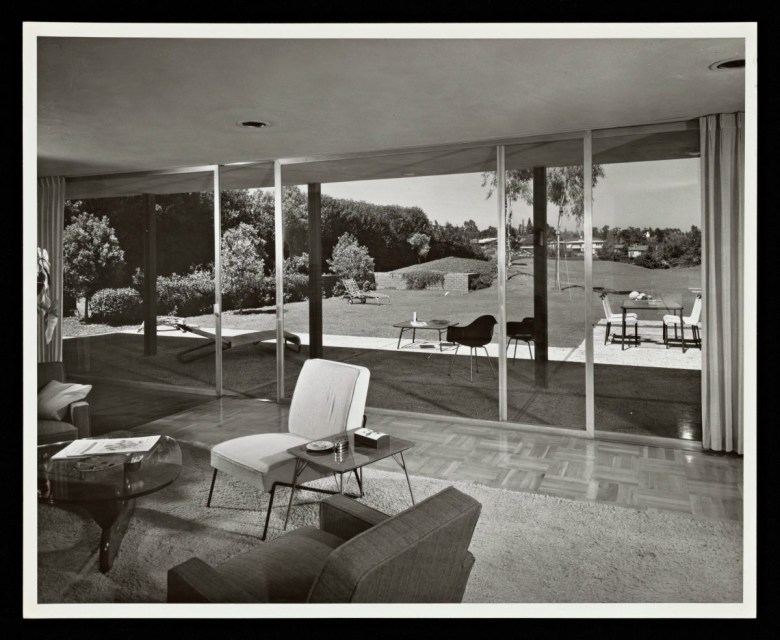LOS ANGELES — Architectural preservationists were outraged last week as word spread that actor Chris Pratt and his wife Katherine Schwarzenegger, daughter of the actor and former California governor, had demolished the Zimmerman House, a mid-century home designed by Craig Ellwood that advocates argue was an icon of 20th-century residential construction in the state.
The couple purchased the house and the almost one-acre lot on which it stood, across the street from Schwarzenegger’s mother Maria Shriver, in the tony Los Angeles neighborhood of Brentwood last year for $12.5 million in an off-market sale. They commissioned architect Ken Ungar to replace the modest single-family home with a massive 15,000-square-foot, two-story mansion in a “modern farmhouse” style. (Ungar did not respond to a request for comment.)
Constructed in 1950, the Zimmerman House was a prime example of the cool, clean California modernism pioneered by Ellwood and fellow architects including Richard Neutra, Pierre Koenig, and Charles and Ray Eames. The low-slung, 2,770-square-foot five-bedroom home was characterized by light and openness, with a central brick fireplace and large sliding glass doors that opened onto a backyard designed by famed landscape architect Garrett Eckbo, which was also destroyed.
“It’s tragic when fine examples of mid-century modern architecture are destroyed, especially examples by well-known architects such as Ellwood, since these are such an important part of LA’s mid-century modern architectural heritage,” Elizabeth A. T. Smith, author of Taschen’s 2002 book on the Case Study Houses, told Hyperallergic. (The “Case Study Houses” were an experimental program to design modern, inexpensive homes, sponsored by Arts & Architecture magazine, that ran from 1945 through 1966.)
Fans of mid-century modernism made no secret of their anger, taking to social media to express their contempt for “the worst Chris” and decrying the decision to raze an architecturally significant property for yet another “McMansion.”
Speaking to the Los Angeles Times, the architect’s daughter, Erin Ellwood, acknowledged that the Zimmerman House was an early work by her father, created before his style had matured, but questioned whether there was “something more creative that could’ve been done in the process of taking it away that could’ve given it some honor.”

“The problem is systemic,” Liz Waytkus, executive director of Docomomo US, a nonprofit focused on architectural documentation and conservation, told Dezeen, adding that “location and land value often trump architectural significance.”
Buildings in LA can receive some protection from demolition or alteration through a historic-cultural monument designation; however, this requires someone to nominate the property and see it through approval by the city council. According to Adrian Fine, president and CEO of the Los Angeles Conservancy, there are just too many significant buildings and not enough resources to pursue this designation for all applicable candidates.
What makes it harder still is when a building’s owner is against pursuing the designation. “If you have an owner opposed to it, it doesn’t mean it can’t happen, but you have to work harder,” he told Hyperallergic.
In 2013, the Conservancy spearheaded an effort to add ten significant Case Study Houses to the National Register of Historic Places, including Case Study House #16, the last intact residence that Ellwood designed for the program.
“There are a finite number of houses designed by these architects,” Fine said. “As we keep losing them, the surviving ones become that much more important to save.”



